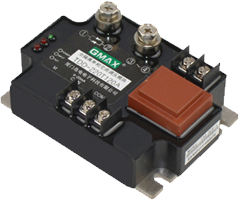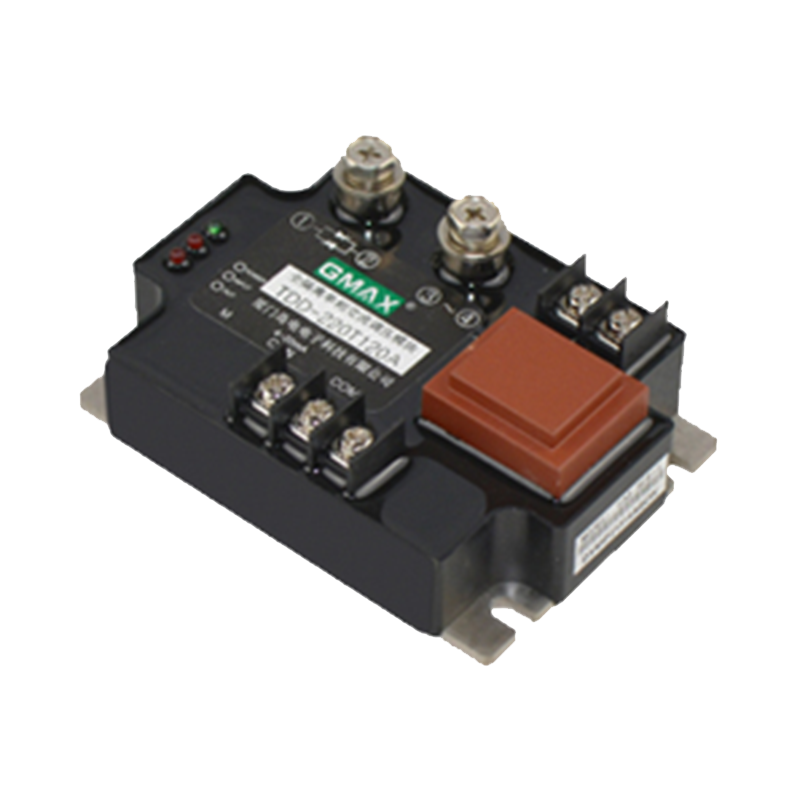Version : F5655
Mechanical advantage refers to the ratio of input and output forces in a mechanical system. It can be used to describe the efficiency and working ability of a mechanical system. Mechanical advantage is calculated by the ratio of input force to output force. In a simple mechanical system, mechanical advantages can be changed through different components.
Display Type 7 Segment LED, Single Display
Display Type 7 Segment LED, Single Display
Display Type 7 Segment LED, Single Display
Display Type 7 Segment LED, Single Display
Display Type 7 Segment LED, Single Display
Display Type 7 Segment LED, Single Display
Display Type 7 Segment LED, Single Display

Mechanical advantage refers to the ratio of input and output forces in a mechanical system. It can be used to describe the efficiency and working ability of a mechanical system. Mechanical advantage is calculated by the ratio of input force to output force. In a simple mechanical system, mechanical advantages can be changed through different components.
F5655
Mechanical advantage refers to the ratio of input and output forces in a mechanical system. It can be used to describe the efficiency and working ability of a mechanical system. Mechanical advantage is calculated by the ratio of input force to output force. In a simple mechanical system, mechanical advantages can be changed through different components.
F5655
Mechanical advantage refers to the ratio of input and output forces in a mechanical system. It can be used to describe the efficiency and working ability of a mechanical system. Mechanical advantage is calculated by the ratio of input force to output force. In a simple mechanical system, mechanical advantages can be changed through different components.
F5655
Mechanical advantage refers to the ratio of input and output forces in a mechanical system. It can be used to describe the efficiency and working ability of a mechanical system. Mechanical advantage is calculated by the ratio of input force to output force. In a simple mechanical system, mechanical advantages can be changed through different components.
F5655
Copyright 2025 Simple website building All Rights Reserved. ICP:沪ICP备12045631号-15